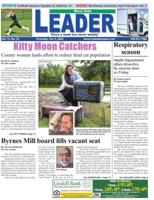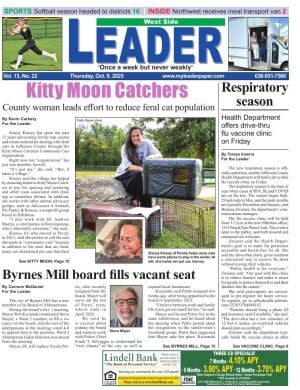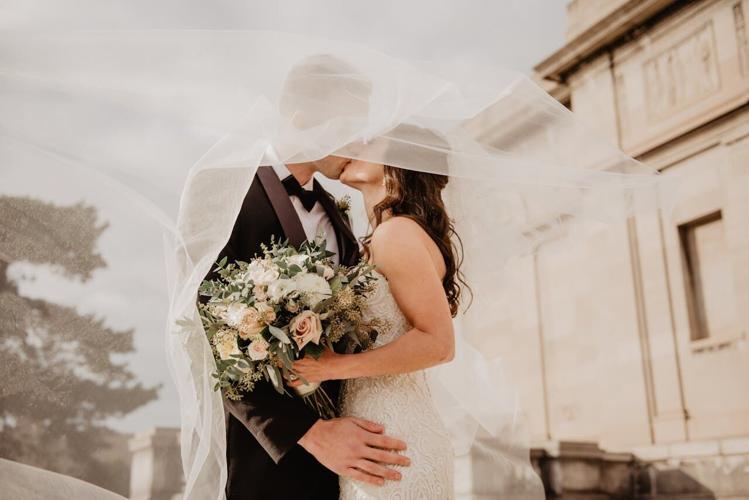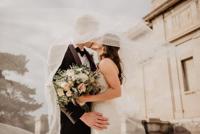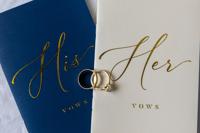
(Photo by Emma Bauso via Pexels)
Would you have a brand logo on your wedding cake or dress? Six in 10 Americans would let a brand sponsor their wedding, according to new research.
The shocking stat emerged in a survey of 2,000 Americans which examined people’s attitudes towards wedding spends and found many would be happy to consider having their favorite brand contributing heavily towards the bill.
Of those who had ever been married or were considering marriage, 61% said they’d consider having a brand sponsor for their big day or would have considered it at the time they initially got married.
Conducted by Talker Research, the survey found just 32% of respondents would reject all brand advances if additional finance was offered for wedding costs.
How much do brands need to cough up to be a part of people’s most-treasured day? Organizations would need to cover 65% of the wedding bill to be included in some way, according to the study.
However, it seems that people are happy to be open-minded should their favorite brand be willing to cover the full cost of the day. Many (58%) would have a brand sponsor as a signature cocktail, or brand presence on their wedding stationery, napkins or table plan.

Leo_Visions
One in three (33%) would happily let the mascot of their favorite brand attend the wedding as a guest, should that brand cover the entire wedding bill.
And a fifth would even let the brand mascot officiate the wedding (20%).
While over half (54%) would happily let the brand give out freebies and merchandise to their guests.
And one in six would even put their favorite brand logo on the wedding dress if their wedding day would be free. Perhaps unsurprisingly, men were more likely to agree to this than women (21% vs.14%).
IF THEIR FAVORITE BRAND PAID FOR THEIR ENTIRE WEDDING, AMERICANS WOULD HAVE…
- A brand-inspired signature cocktail (58%)
- The brand logo on table plan, signs or invites (57%)
- Brand product given out on the day (54%)
- Brand logo on the wedding cake (33%)
- Mascot attends wedding (33%)
Mascot or brand representative officiates wedding (20%) - Mention of brand in vows (18%)
- Brand logo on wedding dress (17%)

Sandy Millar
Survey methodology:
Talker Research surveyed 2,000 Americans; the survey was administered and conducted online by Talker Research between August 15 and August 21, 2025.
We are sourcing from a non-probability frame and the two main sources we use are:
- Traditional online access panels — where respondents opt-in to take part in online market research for an incentive
- Programmatic — where respondents are online and are given the option to take part in a survey to receive a virtual incentive usually related to the online activity they are engaging in
Those who did not fit the specified sample were terminated from the survey. As the survey is fielded, dynamic online sampling is used, adjusting targeting to achieve the quotas specified as part of the sampling plan.
Regardless of which sources a respondent came from, they were directed to an Online Survey, where the survey was conducted in English; a link to the questionnaire can be shared upon request. Respondents were awarded points for completing the survey. These points have a small cash-equivalent monetary value.
Cells are only reported on for analysis if they have a minimum of 80 respondents, and statistical significance is calculated at the 95% level. Data is not weighted, but quotas and other parameters are put in place to reach the desired sample.
Interviews are excluded from the final analysis if they failed quality-checking measures. This includes:
- Speeders: Respondents who complete the survey in a time that is quicker than one-third of the median length of interview are disqualified as speeders
- Open ends: All verbatim responses (full open-ended questions as well as other please specify options) are checked for inappropriate or irrelevant text
- Bots: Captcha is enabled on surveys, which allows the research team to identify and disqualify bots
- Duplicates: Survey software has “deduping” based on digital fingerprinting, which ensures nobody is allowed to take the survey more than once
It is worth noting that this survey was only available to individuals with internet access, and the results may not be generalizable to those without internet access.
